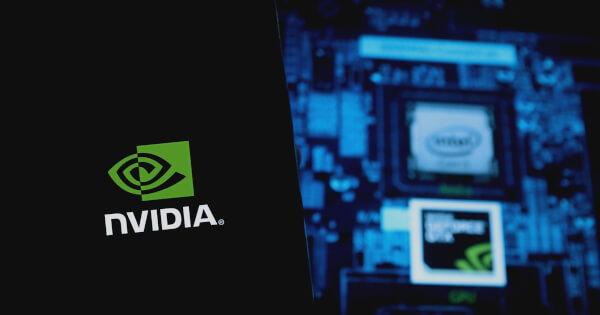In a recent blog post, NVIDIA’s AI Red Team revealed potential vulnerabilities in large-scale language model (LLM) tokenizers and provided strategies to mitigate these risks. According to the NVIDIA Technology Blog, the tokenizer that converts the input string into a token ID for LLM processing can be a significant point of failure if not properly secured.
Understanding Vulnerabilities
Tokenizers are often reused across multiple models and are typically stored as plain text files, making them accessible and modifiable by anyone with sufficient privileges. An attacker could potentially alter the tokenizer’s .json configuration file to change how strings are mapped to token IDs, potentially creating a mismatch between user input and the model’s interpretation.
For example, if an attacker modifies the mapping of the word “deny” to a token ID associated with “allow”, the resulting tokenized input could fundamentally change the meaning of the user prompt. This scenario is an example of an encoding attack, where the model processes a changed version of the input the user intended.
Attack Vectors and Exploits
Tokenizers can be targeted through a variety of attack vectors. One way is to place a script in the Jupyter startup directory to modify the tokenizer before the pipeline is initialized. Another approach could involve altering tokenizer files during the container build process to facilitate supply chain attacks.
Additionally, attackers can exploit cache behavior by injecting malicious configurations that instruct the system to use a cache directory they control. This work highlights the need for runtime integrity checks to complement static configuration checking.
mitigation strategy
To counter these threats, NVIDIA recommends several mitigation strategies: Strong versioning and auditing of tokenizers is important, especially when tokenizers are inherited as upstream dependencies. Implementing runtime integrity checks can detect unauthorized modifications and ensure that the tokenizer operates as intended.
Additionally, a comprehensive logging approach can aid in forensic analysis as it provides a clear record of input and output strings and helps identify any anomalies resulting from tokenizer manipulation.
conclusion
The security of the LLM tokenizer is paramount to maintaining the integrity of AI applications. Malicious modifications to the tokenizer configuration can lead to serious discrepancies between user intent and model interpretation, undermining the reliability of LLM. By adopting strong security measures, including version control, auditing, and runtime verification, organizations can protect their AI systems from these vulnerabilities.
To gain more insight into AI security and stay up to date on the latest developments, explore the upcoming Adversarial Machine Learning course from the NVIDIA Deep Learning Institute.
Image source: Shutterstock

